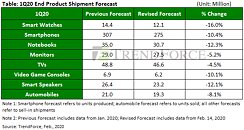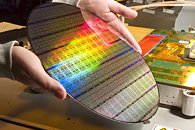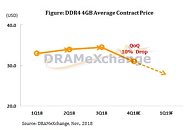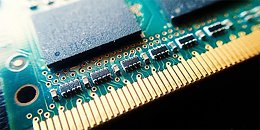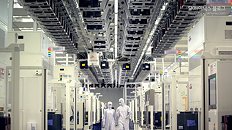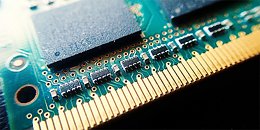
Intel Predicted to Rely on TSMC for Increased Outsourcing in 2024 & 2025
Intel's leadership has announced the hastened expansion of 20 A and 18 A-capable fabrication facilities in Arizona, in order to meet next year's anticipated manufacturing demand from Foundry Services clients. Team Blue's native efforts are possibly not enough in the eyes of an investment bank—Taiwan's Commercial Times has managed to take a look at industry analysis conducted by Goldman Sachs Securities. Intel is predicted to broaden its outsourcing to TSMC in 2024 and 2025—although a part of said report proposes the hypothetically bizarre scenario where Intel outsources all of its products at a cost of $18.6 billion in 2024, and $19.4 billion in 2025 (in terms of total addressable market). A more down-to-earth synopsis outlines TSMC winning Intel outsourcing contracts worth $5.6 billion in 2024, and $9.7 billion for 2025.
According to Trendforce's report this would approximately account: "for 6.4% and 9.4% of TSMC's overall revenue in the corresponding years." Industry analyst Andrew Lu was contacted for comment on the conjectural conditions: "(this) explains that Intel's wafer chip manufacturing division competes with TSMC, rather than its design division. The design division is striving for survival in the high-speed computing semiconductor sector, and it is currently hopeful for close collaboration with TSMC. Lu even predicts that Intel's wafer manufacturing and design divisions will inevitably be further separated into two companies several years down the line."
According to Trendforce's report this would approximately account: "for 6.4% and 9.4% of TSMC's overall revenue in the corresponding years." Industry analyst Andrew Lu was contacted for comment on the conjectural conditions: "(this) explains that Intel's wafer chip manufacturing division competes with TSMC, rather than its design division. The design division is striving for survival in the high-speed computing semiconductor sector, and it is currently hopeful for close collaboration with TSMC. Lu even predicts that Intel's wafer manufacturing and design divisions will inevitably be further separated into two companies several years down the line."











